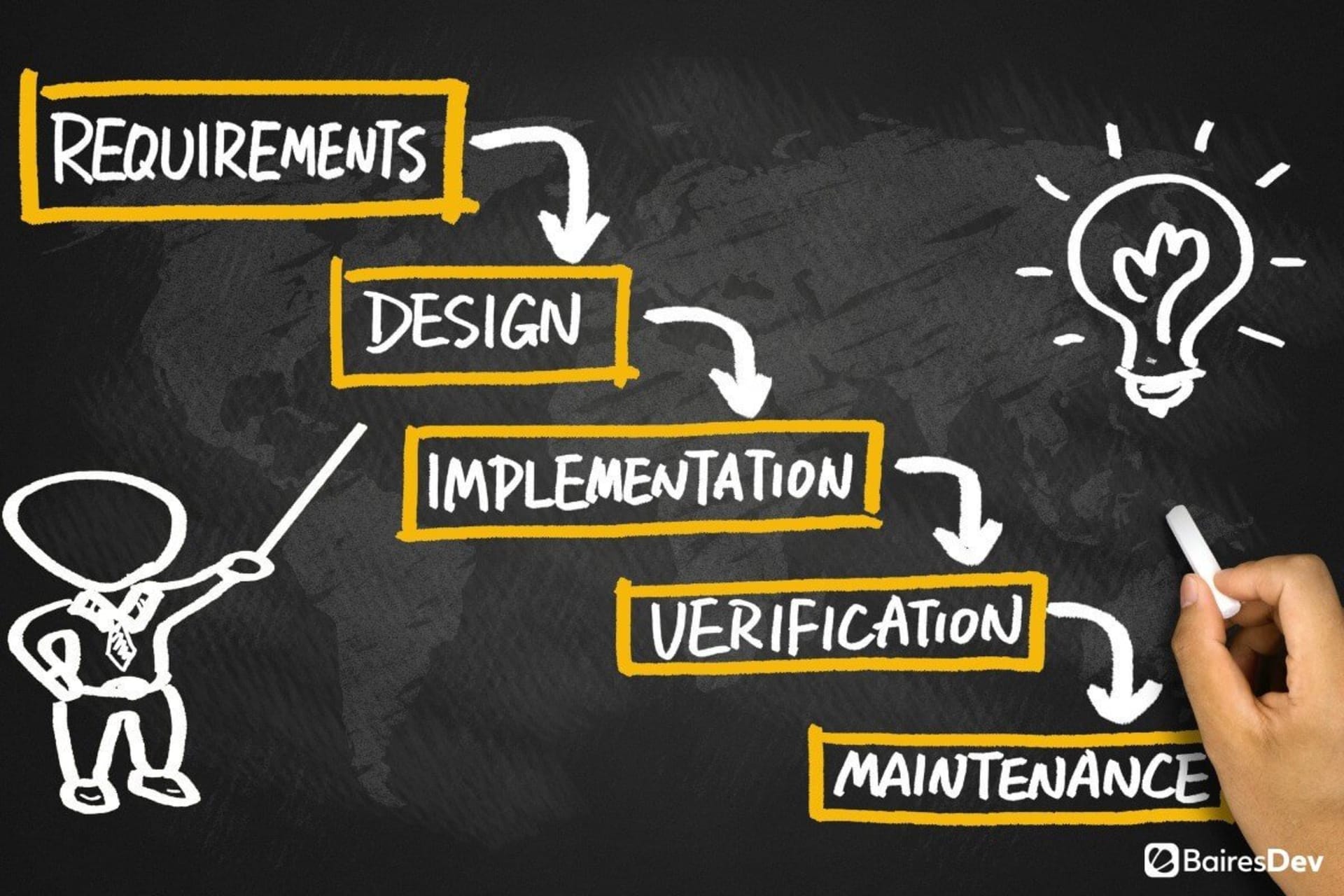It should come as no surprise that a lot goes into a software project. Even seemingly small-scale projects require extensive planning.
Given the different roles, resources, tasks, and other aspects, it’s important to develop a blueprint or template for ensuring that everything gets done as needed. That’s why we created this project-planning checklist to help you consider everything before you start to work.
1. Gather Requirements
This is the first step for any technology project — and projects in practically every sector, really. You must gather the requirements. These are the “must-haves” that the product needs to be successfully completed.
Before you dive in, work with the client and your team to get a sense of the project requirements. This will give you a clear starting point and enable you to identify how the project correlates to the overall mission and goals of the organization. You’ll also determine how to define success and figure out when you’ll be able to know when the project is officially complete.
2. Define the Scope of the Project
The scope of a project refers to everything that must go into the completion of a successful project. It encompasses all the various features, requirements, and other elements of the project that will bring it to fruition. It’s critical to define the scope of your project upfront — otherwise, complications like scope creep can interfere.
Scope creep is an all-too-common phenomenon in software development. It occurs when you keep attempting to introduce and incorporate seemingly minor features and changes into your original plan. While an initial request may seem innocuous, clients could continue to request more substantial changes, until the scope of the project is drastically altered.
3. Pinpoint Goals
Although they sound similar, goals are different from requirements. Requirements are the aspects of the product that absolutely must be included. Meanwhile, goals refer to the outcomes you want to achieve by completing this project.
One framework many professionals use is the SMART method. This acronym stands for:
- Specific: pinpoint the specific objective you want to achieve
- Measurable: have clear metrics for evaluating the objective
- Attainable: ensure that your goal is realistic and achievable
- Relevant: the goal should align with your overall business plans
- Time-bound: create a timeframe in which you can achieve this goal
This will give you an overarching framework to establish and meet your goals.
4. Identify Key Deliverables
While goals and requirements are essentially project outcomes, deliverables are benchmarks that indicate progress made in effort to achieve those outcomes. Identify the key deliverables that are necessary for meeting requirements and achieving your end goals.
These deliverables should include any and all tasks that are important as benchmarks within your overall project. Project-management tools can help you better visualize and account for these deliverables.
5. Determine the Budget
Your budget will affect your entire project and every metric and task associated with it. This should be an early step in the project — establishing a realistic budget. This takes a fair amount of skill and work, along with a clear understanding of the importance of the project in the hierarchy of all your organization’s projects in the pipeline, so you know how much funding this particular one will be afforded.
Be aware that if other factors (such as the timeline) are altered, your budget will be affected. In addition to setting an initial budget, make sure you have a clear understanding of the money your project can’t exceed.
6. Define Roles and Responsibilities
Every software development team has a number of different roles, including the developers, the project manager, the project owner, the QA specialists, and others, depending on the nature of the product and its requirements. Your job is to make sure you’ve clearly identified the critical roles this specific team demands and ensure that each individual knows their specific tasks and responsibilities as they concern the project.
7. Create a Timeline
A timeline should account for your expectations for meeting your ultimate goals, as well as when you want to achieve individual benchmarks. Be careful when you create this timeline, remembering to be realistic. Consider the effort that goes into each deliverable. In order to get a better understanding of how much time each task should take, work with the engineers and other team members to build a realistic calendar.
This is an area where project-management tools can come in handy because you can set due dates for individual tasks and keep track of the bigger picture.
8. Identify Critical Resources
What tools do you need in order to build your software? Identifying key resources is an important step in your project-planning checklist. This doesn’t just include physical tools and programs for software development, although they should be part of this list. Your resource list also includes critical personnel, competencies, and skills that will prove essential in making great software.
When planning out the resources, include the qualities and particular skills you need to have in order to complete your project.
9. Identify Risks
No project is without risks. Pretending they don’t exist will exacerbate them. That’s why it’s critical to identify potential risks from the get-go. In addition to knowing what these risks are, create a plan for resolving them when they occur. Consider, too, how they will impact the project as a whole.
Of course, it’s not possible to account for every risk imaginable. Still, do your best to develop some general strategies that will help you manage problems that arise or cause the overall plan to go off-course.
10. Inform the Stakeholders
Make sure you keep stakeholders informed about all aspects of your plan. You must continue to communicate with them throughout the project, too.
While these individuals vary from project to project, generally speaking, this list will include:
- The client or customer
- An organization’s leaders and/or managers
- The project manager (who could be you)
- The team members working on the project
- Vendors, freelancers, and/or consultants
Ultimately, this category includes anyone who has a vested interest in the project’s success.
While all projects are different, this checklist provides a clear basis on which to build your own. Ensuring you’re following a clear path and know what you have to do to fully complete your project will help lead you to success.







